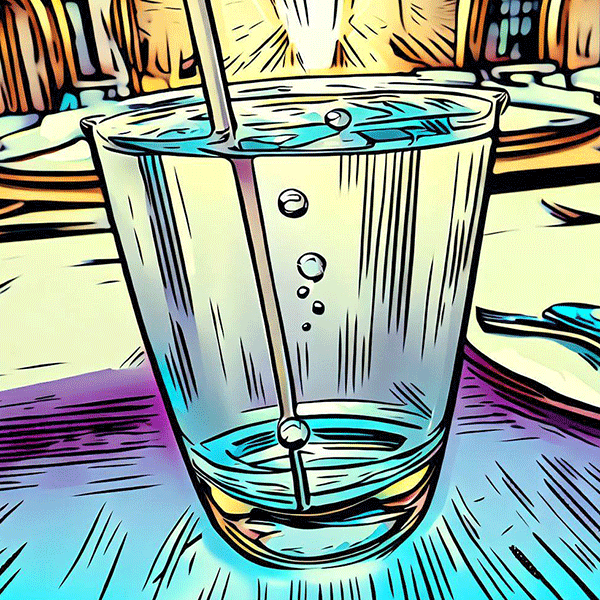What Are Light Waves?
Light waves are a type of wave that we can actually see with our eyes. They’re a part of the family of electromagnetic waves, just like radio waves and microwaves. But unlike sound waves, which need air or water to travel through, light waves are space travelers. They can zoom through empty space, which is why we can see stars that are really, really far away.
Imagine tiny particles called photons zipping around at an incredible speed – about 300,000 kilometers per second! That’s so fast that sunlight only takes a little over 8 minutes to reach us from the Sun, even though it’s about 150 million kilometers away.
Colors and Brightness: The Role of Frequency and Amplitude
Just like sound waves have frequency and amplitude that give us different pitches and loudness, light waves use these to show different colors and brightness.
- Frequency: This is what gives a light wave its color. High-frequency light waves look blue or violet to us, while low-frequency light waves look red or orange. Put them all together, and you get the visible spectrum, which includes all the colors of the rainbow.
- Amplitude: This is what decides how bright a light wave is. Light waves with high amplitude shine brighter, while those with lower amplitude appear dimmer.
The Magic of Light: Reflection, Refraction, Diffraction, and Absorption
There are four cool things that light waves can do: reflection, refraction, diffraction, and absorption.
- Reflection: This happens when light waves hit a surface and bounce back. This is how mirrors work – the light waves from you hit the mirror and bounce back to your eyes.
- Refraction: This is when light waves change direction when they move from one thing (like air) into another (like water). This is why a straw looks bent when you put it in a glass of water.
- Diffraction: This is when light waves bend around something or squeeze through small openings. It’s why you can see light coming from a door that’s only slightly open.
- Absorption: This is when something soaks up the light waves instead of bouncing them back or bending them. It’s why dark clothes feel hotter in the sun than light ones – they absorb more light energy.
Understanding light waves isn’t just neat – it’s also important for things like making art, taking photos, studying space, and much more. So next time you see a rainbow or your reflection in a mirror, remember – you’re seeing light waves in action!
